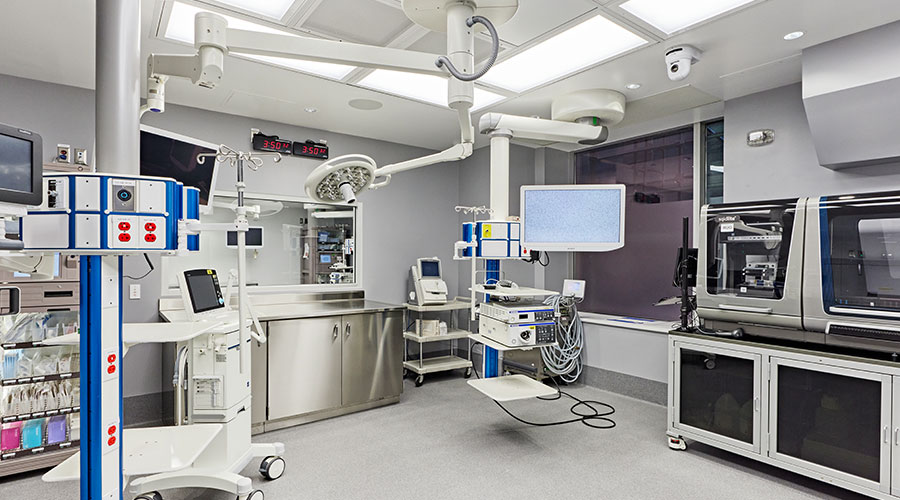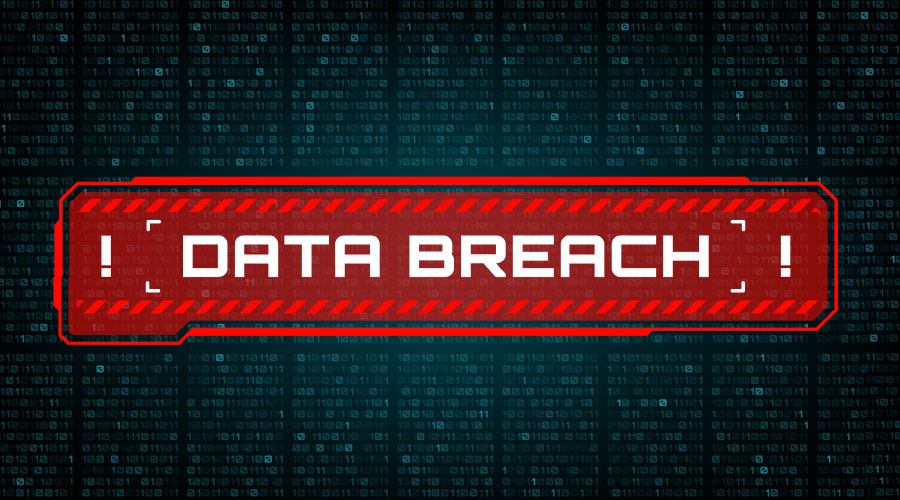Cyberattacks are costly to healthcare organizations. The amounts demanded from ransomware can range from $1,600 to $10 million, as found in a report from Comparitech. In addition, the attacks can cost upward of $77.5 billion in just downtime, the report found.
The number only increases when adding the potential legal costs, something that both CommonSpirit Health, PIH Health and Dameron Hospital Association saw following the attacks they experienced.
In December 2023, a cyberattack orchestrated by the hacker group RansomHouse managed to break through the cyber defenses of Dameron, Privacy Affairs reports. The hackers claimed to have stolen over 480 gigabytes of data and demanded a ransom from Dameron or they would delete the information.
Related: 3 Critical Cyber Threats to Healthcare Facilities in 2025
A class-action lawsuit has since been filed against Dameron, alleging that the attack exposed the personal and health information of over 260,000 individuals, according to Claim Depot. The organization has agreed to a proposed $650,000 class action settlement. Those affected by the breach, as identified by Dameron, may be eligible for a payment.
Defending against cyberattacks is crucial to avoid incurred costs from operational downtime or lawsuits. The MIT Cybersecurity Clinic recommends five actions for healthcare organizations to take to protect themselves:
- Identify the most important computer systems and data sets. Ensure that there are readily available backups that can be called upon right away if necessary.
- IT staff can segment the existing systems so that attackers that manage to break through can’t gain entry to the entire system at once.
- Contact suppliers, partners and others – primarily those who regularly use the organization’s online systems – to ensure partners have taken action to educate their own staff on proper cyber hygiene.
- Ensure that all security patches supplied by software providers are applied as soon as possible.
- Communicate regularly with staff to reinforce key points of the organization’s cybersecurity policies.
Jeff Wardon, Jr., is the assistant editor of the facilities market.

 Building an Organ Regeneration Lab at UHN's Toronto General Hospital
Building an Organ Regeneration Lab at UHN's Toronto General Hospital Oracle Health Hit by Data Breach, Patient Data Possibly Compromised
Oracle Health Hit by Data Breach, Patient Data Possibly Compromised Ground Broken on New MD Anderson Sugar Land Facility
Ground Broken on New MD Anderson Sugar Land Facility Florida State University Reveals Plans for Panama City Beach Hospital
Florida State University Reveals Plans for Panama City Beach Hospital The Effect of Over-Cleaning on Human Health
The Effect of Over-Cleaning on Human Health